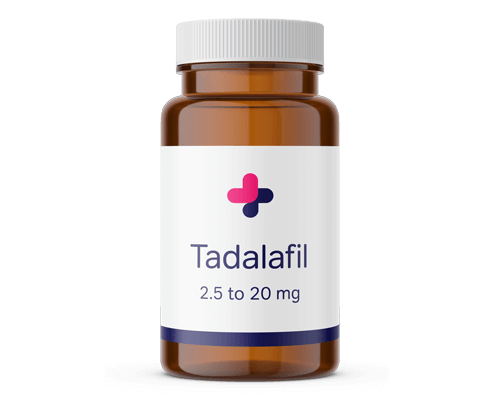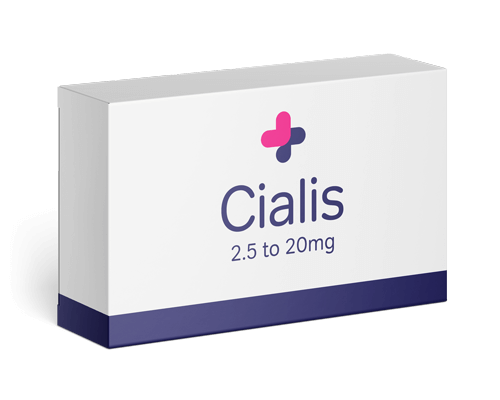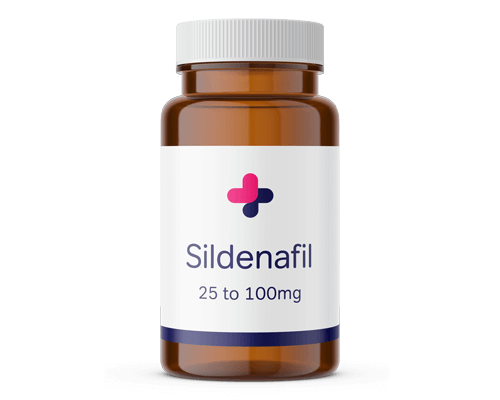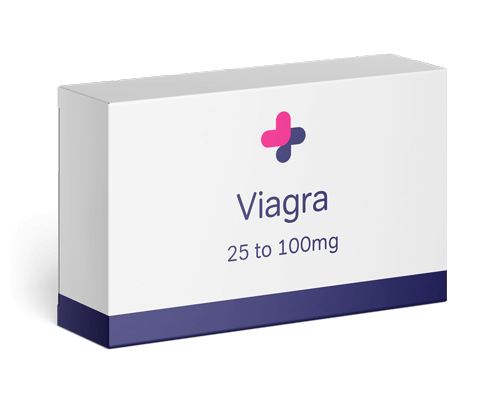Testosterone is a hormone produced in the testicles. It is a male sex hormone and an adequate level of testosterone is needed for normal male sexual development and function. Testosterone is also present in women but in smaller amounts. During puberty, testosterone plays a key role in male characteristic development. Testosterone has key functions such as the development of muscle and bone, sperm production, deepening of voice and hair growth.
Low testosterone is defined as less than 300 nanograms of hormone per deciliter of blood by the American Urology Association. As men age, the level of testosterone declines over the years. This is normal, so older men generally have lower testosterone levels.
Some men suffer from low testosterone, a condition called Testosterone Deficiency Syndrome (TD) or Low Testosterone (Low-T). This means your body doesn't have sufficient levels of testosterone. Around 2 out of 100 men suffer from low testosterone. Around 50% of men over the age of 80 have TD. There is a higher prevalence of TD in men who suffer from diabetes or are overweight. A study shows that 30% of overweight men have TD while only 6.4% of men in the normal weight range suffer from TD. Another study showed 24.5% of diabetic men had TD compared to 12.6% of men without diabetes.
If you notice any of these signs or symptoms make sure to consult your doctor. Testosterone deficiency isn’t usually picked up on routine examinations. Your doctors might do a physical exam and run some blood tests. Multiple blood tests are needed as testosterone levels fluctuate throughout the day. They are usually performed in the morning as that is when the testosterone levels are the highest.
There are a few options to counter low testosterone levels. There are medical treatments and natural treatments. Each option has different efficacy levels and every individual is unique so each body will react differently to each treatment type.
As promising as that all sounds Testosterone replacement therapy does not only come with benefits but also side effects.
Avoid delayed puberty
Fat loss
Protection against osteoporosis due to increased bone density and strength
Improvement in mood
Improvement in sexual function
Increased muscle mass and strength
Oily skin and acne
Fluid retention that may lead to ankle swelling
Enlarged breasts
Worsening of sleep apnea
Reduction in testicle size
Skin redness and irritation on areas where the testosterone patch is placed
Reduction in sperm production
Beware, testosterone replacement therapy is not for everyone. Testosterone replacement therapy may not be suitable for men who suffer from these conditions:
Prostate cancer: Testosterone replacement therapy can cause the prostate gland to grow. So if a man suffers from prostate cancer early in life, the added testosterone from testosterone replacement therapy can stimulate cancer cell growth.
Untreated obstructive sleep apnea
Breast Cancer
An increased level of red blood cells
Enlarged prostate that has resulted in urinary symptom
Men with a Prostate Serum Antigen level higher than 4
A lump in the prostate that has not been looked at
Testosterone replacement therapy has not been linked to prostate cancer
There has not been strong evidence linking an increased production in blood clots
Evidence has not been released showing an increased or decreased risk of heart conditions. However, if on testosterone replacement therapy, make sure to contact your doctor ASAP if experiencing symptoms of stroke or heart attack
Martel, J, “What Do You Want to Know About Low Testosterone?” in Healthline, Healthline Media, 2017, <https://www.healthline.com/health/low-testosterone#testosterone-food> [accessed 26 September 2019].
“What is Low Testosterone? - Urology Care Foundation.” in Urologyhealth.org, , 2018, <https://www.urologyhealth.org/urologic-conditions/low-testosterone> [accessed 26 September 2019].
Harvard Health Publishing, “Treating low testosterone levels - Harvard Health.” in Harvard Health, Harvard Health, 2019, <https://www.health.harvard.edu/mens-health/treating-low-testosterone-levels> [accessed 26 September 2019].
Cherney, K, “8 Testosterone-Boosting Foods.” in Healthline, Healthline Media, 2017, <https://www.healthline.com/health/low-testosterone/boosting-food> [accessed 26 September 2019].
“Testosterone therapy: Potential benefits and risks as you age.” in Mayo Clinic, , 2017, <https://www.mayoclinic.org/healthy-lifestyle/sexual-health/in-depth/testosterone-therapy/art-20045728> [accessed 8 May 2019].
Find out more about the treatments mentioned in this article below:
Prices from:

Answer some simple questions about your health with our free 2 minute consultation

A U.S. licensed physician will review your answers and issue a prescription if suitable

Our pharmacy will pack your FDA approved medicine in anonymous packaging, and ship it for free



Prescription fees are for our U.S. qualified doctors to evaluate your request and issue a prescription if that is the appropriate outcome for your case. We want to make healthcare pricing transparent and affordable that's why we set the doctor's fee at a flat rate of $20 for all services which is lower than most copays. The $20 medical fee does not include the cost of the medicine. We issue a 100% refund if we cannot help you including the doctor’s fee.
Don’t have an account? Register
Already have an account? Log in

Message Sent We will get back to you as soon as possible

To get fast delivery and the best prices,
choose your location below:

Delivery to Germany only

Delivery to the US only

Delivery to UK only



You’ve successfully logged in.


If you’re not sure what to choose, our qualified GPs can help.
A doctor will review your consultation and message you with a suggestion within 1-2 working days.
Thanks, a doctor will be in touch soon
Look out for the doctor’s response in your email inbox or patient account. View messages
Please check your email for password reset instructions. If you’re still having problems contact us .
Your account has been permanently suspended. Our providers have determined that you visit an in-person doctor to receive treatment. We sincerely apologize for the inconvenience.



